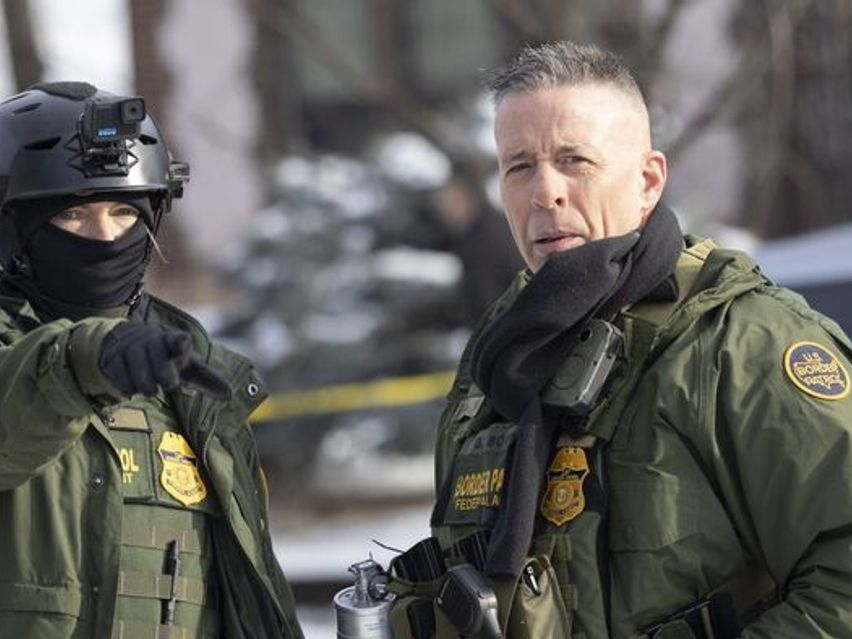The history textbook was written by Vladimir Medinsky, an adviser to President Putin, for 11th grade students. The book includes two paragraphs on the Hungarian Revolution of 1956, which was defeated by Soviet troops.
In today's Russia, children are taught from now that "the Hungarian crisis was catalyzed by the actions of Western secret services and the internal opposition they supported. The Soviet Union sent troops to Hungary and helped the Hungarian authorities to suppress the protests.”
The Russian textbook, illustrated with a photo of a toppled statue of Stalin, portrays 1956 as a fascist uprising and describes the Soviet withdrawal from Hungary in 1990 as a mistake.
Speaking to InfoRadio, Aron Mathe, deputy chairman of the Committee of National Remembrance, spoke up against the claims in the Russian history book.
What is written in the Russian history book is undoubtedly a falsification of history from the Hungarian point of view. We simply cannot accept it. It makes us sick to our stomachs, because this is what we heard for 33 years after the revolution.
“As the 90th memorial law says, Hungarian freedom came from the events of 1956, from the blood of the martyrs. As the Hungarian saying about the Revolution of 1848 goes, we won’t budge from (what we achieved in) ‘48. Similarly, we won’t budge in case of 1956 either. This is a cornerstone. Our whole 20th century revolves around 1956. That is the axis," said the deputy chair of the National Committee of Remembrance.
Aron Mathe also said that he believes the old-new Russian interpretation of 1956 will make it more difficult for Hungarian and Russian researchers to work together, which has been very successful so far.
“So far we have had good cooperation with our colleagues at the Russian archives. This is a difficult situation because they have things that we need. We have arranged the repatriation of 680,000 individual files on the forced labor of Hungarians (called malenky robot) and prisoners of war in the Soviet Union. We have published books on Khrushchev's literary policy. This textbook doesn’t come at a good time" Aron Mathe, deputy chairman of the National Committee of Remembrance, told InfoRadio.
Szilard Demeter, the director of the Petofi Literary Museum also finds the new Russian history textbook scandalous.
Mr Demeter told the Telex news portal that "inhumane dictatorships will still be inhumane and dictatorships, even if someone starts to portray them in a positive light.”























Szóljon hozzá!
Jelenleg csak a hozzászólások egy kis részét látja. Hozzászóláshoz és a további kommentek megtekintéséhez lépjen be, vagy regisztráljon!